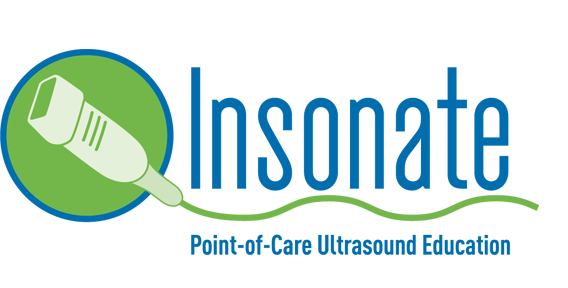Course List
-
Informational Presentation
Learn why this technology is needed and why you should be using it. Often this presentation is provided at no cost. (3 hours)
-
Foundations of Ultrasound
Perhaps the most important part of your training is the “Foundations Course”. Learn how ultrasound works and how you can take advantage of this science. Modes, knobology and safety issues are covered. This course is required as a prerequisite course to all the courses below. (8 hours)
-
IV Access Using Ultrasound
For every vein you can see or feel, often there are 2 or 3 additional (larger) veins that you cannot. Ultrasound quickly and easily identifies these veins, determines that there is no obstruction to them such as thrombus and allows you to quickly cannulate the vessel under direct visualization. (4 hours)
-
E-FAST
In trauma cases many patients have ongoing internal bleeding or a collapsed lung, that is not readily identified by standard physical exam and vital signs assessment. The Focused Assessment with Sonography in Trauma allows providers to peer inside to see pathology that might otherwise be missed. (8 hours)
-
Gallbladder
Gall stones are common. In the context of usual symptoms and a stone seen wedged in the gall bladder neck delivers high accuracy in the diagnosis of Cholelithiasis. A “Sonographic Murphy’s Sign” has much higher sensitivity and specificity than the standard Murphy’s Sign. (4 hours)
-
LVH Measurements
12 Lead ECGs have low sensitivity and specificity for LVH. Here is a tool that allows you to quickly measure the walls to a millimeter accuracy. Track subtle changes from year to year. (6 hours)
-
Cellulitis, Abscess & Gas Gangrene
Cellulitis, abscess and gas producing infections, often have unique or “classic” signs on the ultrasound image. Be confident that you are about to drain an abscess rather than an a vascular malformation. (3 hours)
-
DVT
Safely rule out the presence of a DVT using a quick and validated method. (4 hours)
-
Aorta Assessment for AAA
Undiagnosed aortic aneurysm is common, occurring in 1 in 20 patients over 50 years of age. In patients over 65 with one risk factor, the odds are as high as 1 in 10. About 20% of all AAAs go on to rupture with dismal outcomes. Identifying them early remains the most effective way to protect these patients. History and physical exam alone will miss more than 50% of these time bombs. (4 hours)
